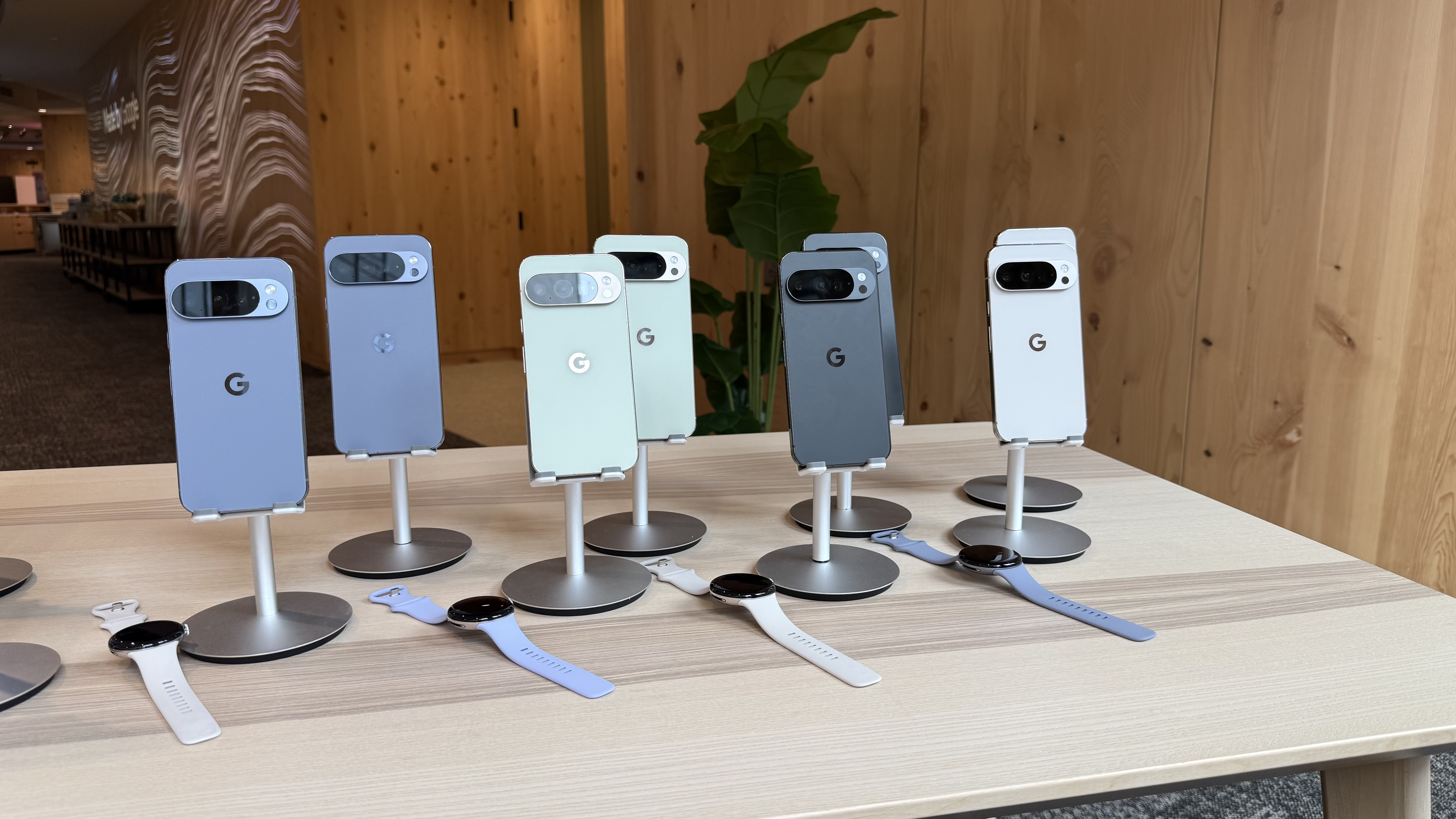The Pixel 10’s battery takes a hit after 200 cycles, courtesy of a feature you can’t switch off
Google’s Pixel 10 has a locked-in Battery Health Assistance feature that purposely slows charging and caps capacity to manage battery wear.

What you need to know
- Pixel 10’s Battery Health Assistance is turned on by default, and there’s no way to turn it off.
- It begins lowering voltage after 200 charge cycles and keeps adjusting until 1,000 cycles.
- Expect slower charging and a smaller usable battery capacity over time.
Google says the Pixel 10 lineup has Battery Health Assistance baked in and locked on, meaning users don’t get an option to disable it.
Google’s Battery Health Assistance, first introduced on the Google Pixel 9a, is built to slow battery wear by deliberately lowering charging speed and voltage, helping the cell maintain consistent performance as it ages.
The tech giant has now brought this battery feature to the Pixel 10 series, where it kicks in after 200 charge cycles, and, as confirmed to Android Authority, there’s no way to disable it.
Once your Pixel 10 hits 200 charge cycles, it automatically starts lowering battery voltage in stages, continuing up to 1,000 cycles. Google claims this slow adjustment helps the battery age more evenly and maintain stable performance over time.
Slower charging, smaller capacity over time

Dropping the voltage also cuts into the battery’s usable capacity, meaning shorter battery life and longer charging times. Google hasn’t shared exactly how much capacity is lost after 200 charge cycles.
Google’s official rating for Pixel batteries is to maintain 80% of their original capacity after 1,000 charging cycles. However, it is an open question whether Pixel 10 owners will be able to utilize this full capacity.
Google claims the Pixel 8a and newer models should keep 80% of their original battery capacity after 1,000 charge cycles, but the always-on Battery Health Assistance feature adds another layer of capacity loss. In other words, every Pixel 10 will see a gradual dip in usable battery beyond normal aging.
Get the latest news from Android Central, your trusted companion in the world of Android
Samsung’s cycle rating puts Google to shame
Unlike Samsung’s flagship phones, which are rated to keep 80% battery capacity after around 2,000 charge cycles, Google’s stricter limits stand out. The move may be a precaution after the Pixel 6a’s overheating issues, with Battery Health Assistance likely tuned to kick in at 200 cycles to avoid repeats and safeguard the Pixel brand’s reputation.
Google’s decision to make this feature mandatory feels restrictive, especially since many other phone makers give users the option to manage battery settings themselves.

Jay Bonggolto always keeps a nose for news. He has been writing about consumer tech and apps for as long as he can remember, and he has used a variety of Android phones since falling in love with Jelly Bean. Send him a direct message via X or LinkedIn.
You must confirm your public display name before commenting
Please logout and then login again, you will then be prompted to enter your display name.
